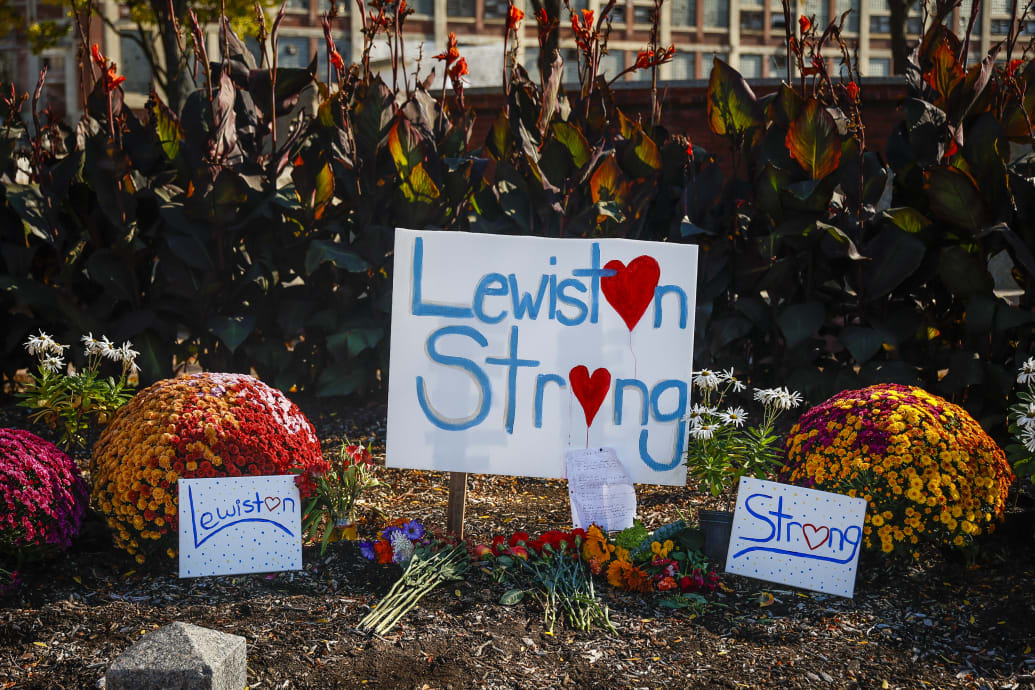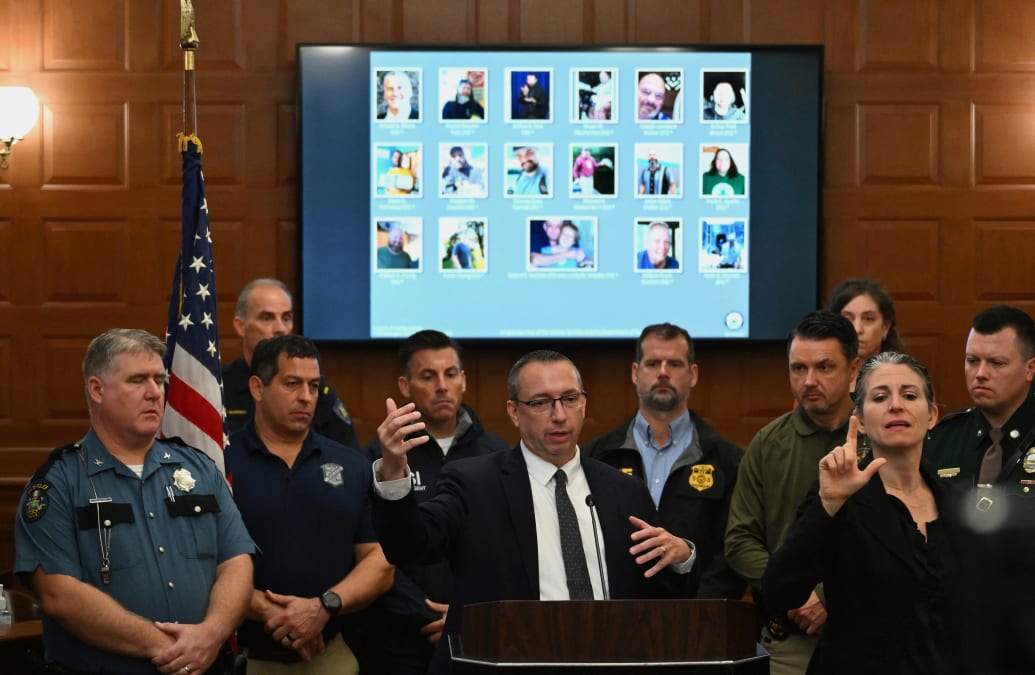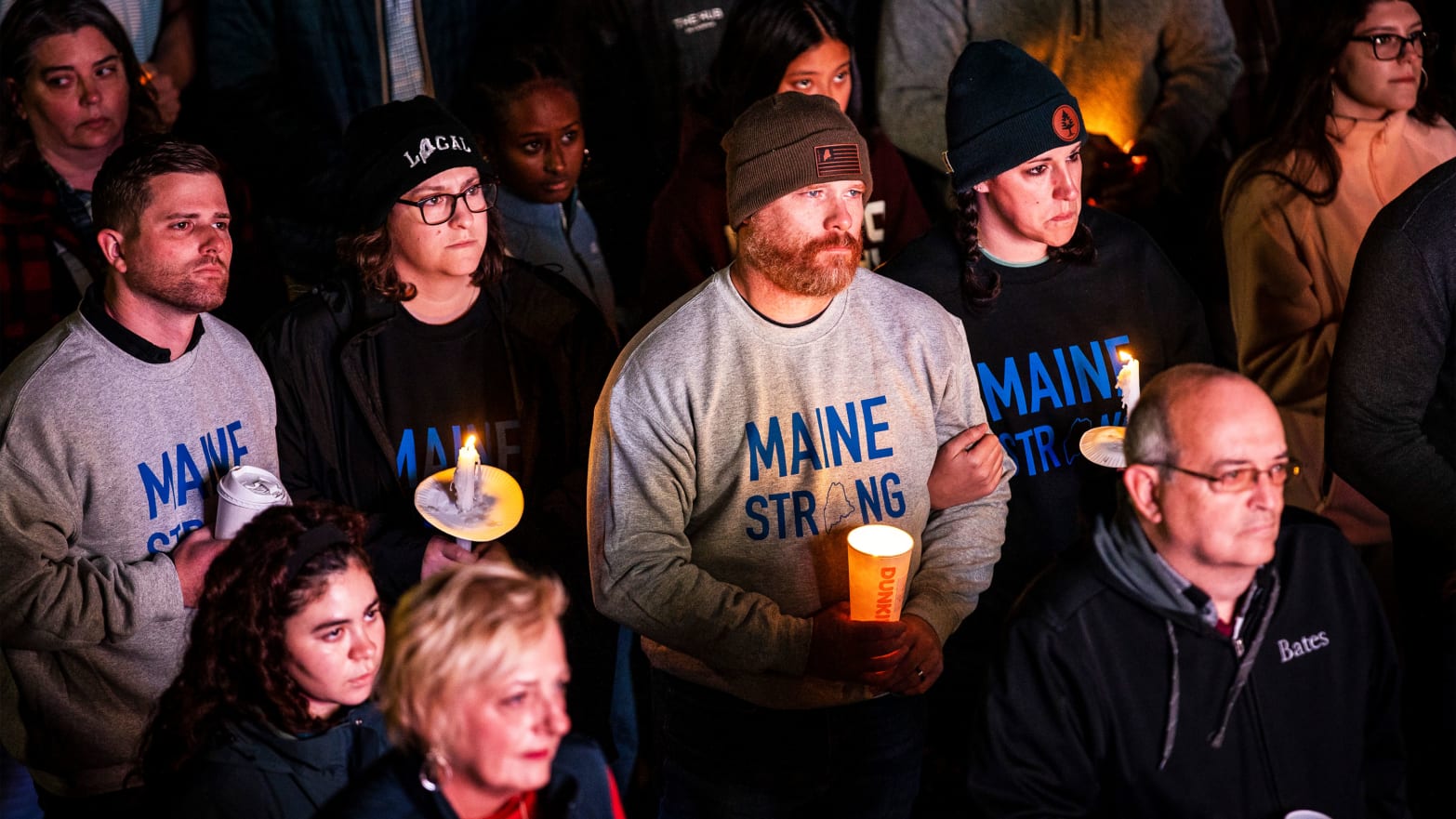The news of the mass public shooting that took place Wednesday night in Lewiston, Maine, hit home for me in ways I could never imagine. I am an Associate Professor of Sociology at Bates College, which is roughly a mile and a half from one of the sites of the attacks. As the story broke, my thoughts went immediately to my students and colleagues who could have been in the line of fire.
But the tragedy that came to a conclusion Friday night when the body of the suspect was located is personal to me for another reason. For more than 10 years I have been studying mass shootings, trying to understand why they happen, who the perpetrators are, and where they are likely to occur.
In 2018, I was awarded a federal grant to comprehensively investigate mass public shootings along with two experts on the topic, James Alan Fox and Grant Duwe. Together, we developed several databases of all mass public shootings in the U.S. from 1976-2018, becoming very familiar with each aspect of the attacks from every angle we could imagine. We spent many hours poring over documents, meeting virtually to discuss particular cases, and planning our analyses.
Studying mass public shootings can be challenging emotionally. I distinctly recall sitting in my office with a student researcher, painstakingly scrutinizing stories detailing the anger and despair, the planning to take lives indiscriminately, and the fear instilled in affected communities. It would wear us down.
At the same time, there was some degree of distance. We were staring at computer screens, reading about people we had never met, nor would ever meet, looking at Excel spreadsheets with numbers indicating values of variables. We could hold these terrible tragedies at arm’s length. They existed in the abstract.

A sign indicating Lewiston's strength, along with bouquets of flowers, is seen in downtown Lewiston.
Erin Clark / Getty
But now, the pain and anguish we read about on computer screens has reached our community.
My students remained in lockdown until Friday afternoon, my neighbors were unsure of whether it was safe to go outside while the perpetrator was still at large. On my way to campus, to help students get food they need, a convoy of armored vehicles raced by, lights blazing. Community social media pages buzzed with rumors and conspiracy theories regarding the massacres.
The scenes we are all now accustomed to seeing on our television screens, as news of another unthinkable attack scrolls across chyrons, my neighbors and I saw out our windows and on the streets. In some ways it still feels as if all this is playing out somewhere else, to people we’ve never met.
But now, somehow, the terrible stories I’ve been studying for years are now the stories of people in my life. Every day I see or hear people talking about personal connections to a victim or even to the suspect. Everyone knows everyone else in a state like Maine, made up of a small web of connected towns.
The community has, up until now, been focused on when the suspect would be found, with safety the top priority. But people still need answers.

Maine Commissioner of Public Safety Mike Sauschuck speaks during a press conference at City Hall in Lewiston, Maine, on October 28, 2023.
Angela Weiss / Getty
Why did this happen? Could it have been prevented? Are Maine’s “permissive” gun laws to blame? Is Maine no longer one of the safest states in the country? And as I continue to share my thoughts on the attack, including my assessment of the facts as they relate to my scholarship, it all feels surreal to meld these two worlds—academic research and personal tragedy.
How does one objectively discuss solutions to mass public shootings when the event in question happened so close to home? There is a strong desire to help—to be on campus and assist students and staff through a traumatic experience but there is also a need to add to the conversation the knowledge I have accrued over the years. The tension is palpable and the appropriate path forward is unclear. There is no script for this.
It is difficult to comment on an event that is so fresh, with little in the way of facts presently available, and people desperate to break news as it occurs. But there are some things that we know, which prior research can help illuminate.
First, the attack was the deadliest mass public shooting of the year in the United States, and is the worst in several years. It is also Maine’s worst public shooting.
Second, the suspect is a white male, aged 40. This is consistent with our research showing that 98 percent of mass public shooters are male, over 60 percent are white, and the most common age group is 35-49 (36.5 percent).
Third, the behavior of the suspect after the attacks is somewhat unusual. Few mass public shooters go on the run and even fewer aren’t caught more than 48 hours after the attack. In fact, nearly 60 percent kill themselves or are killed by law enforcement at the scene. (The suspect’s apparent suicide tracks in this case.)
At some point the community will begin the healing process. Right now, it’s just too raw.
Once all the facts are in hand, we can assess the attack and use our previous knowledge to determine how it could have been prevented and what strategies make sense to take to further protect ourselves.
My research has never felt more personal and more urgent. There are lessons to be learned, and I hope we learn them. It is vital we do not allow ourselves to become distracted by the next big story, that we focus on the goal of public safety, in Maine, and across the country.

